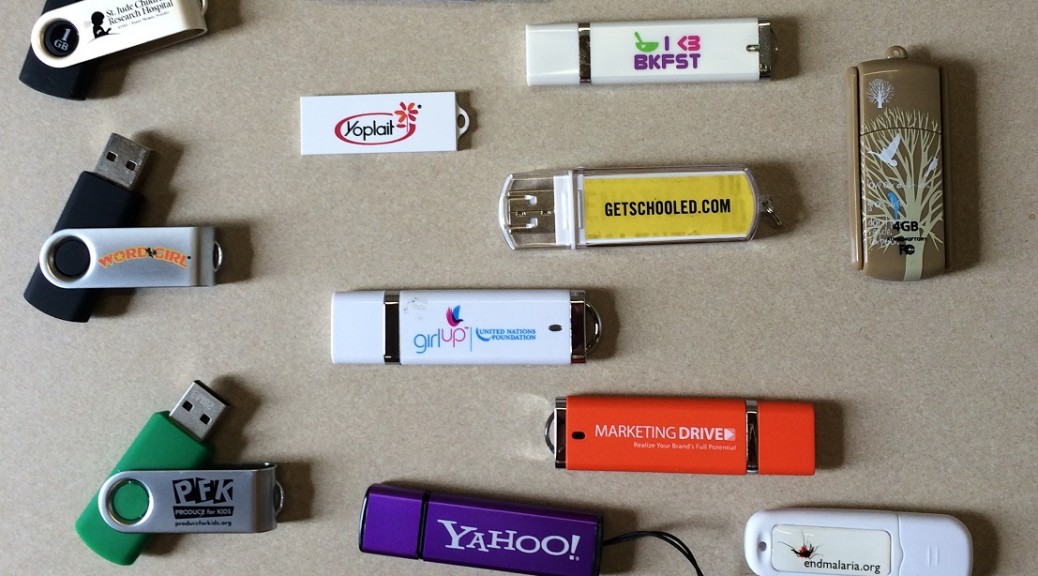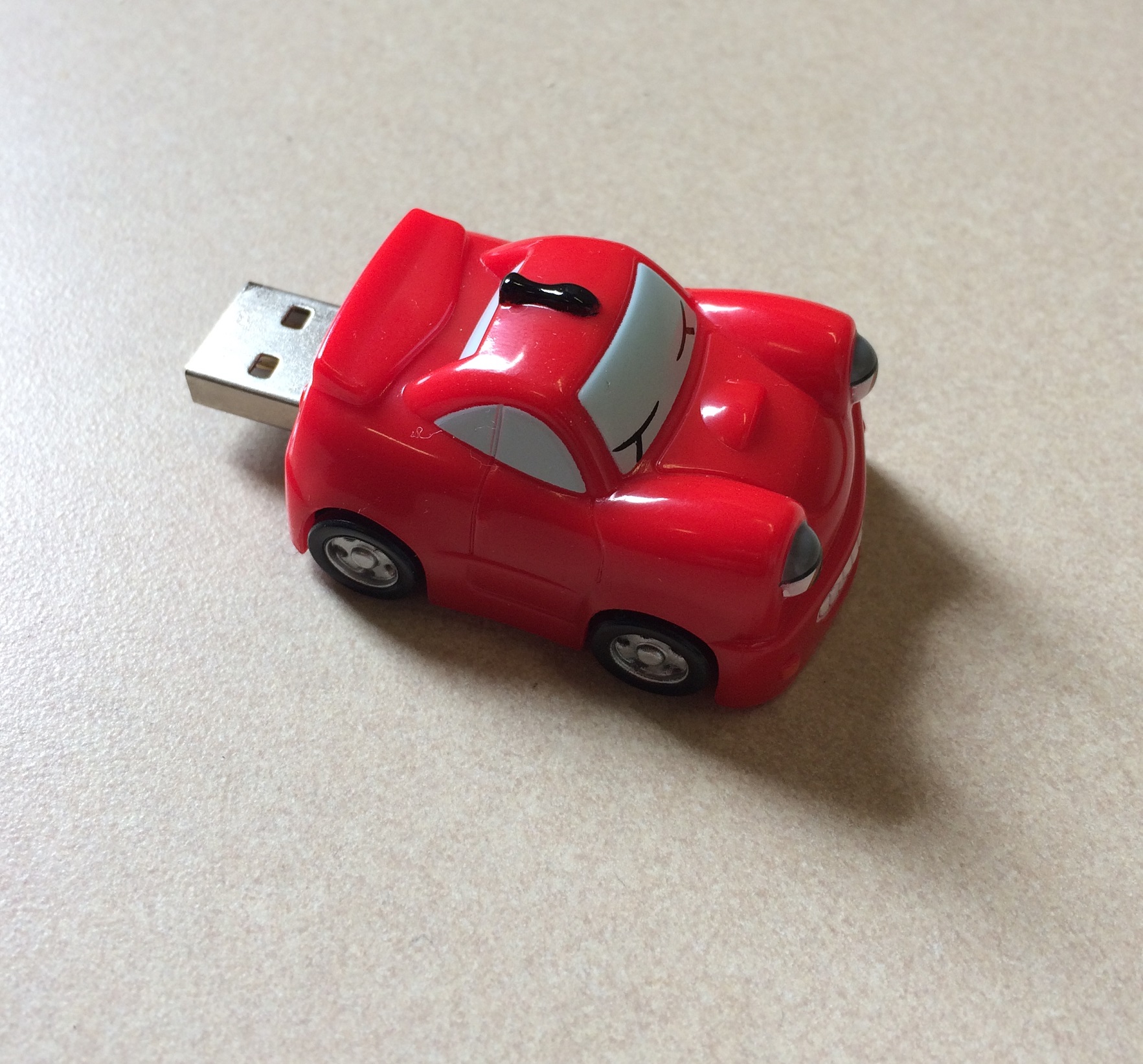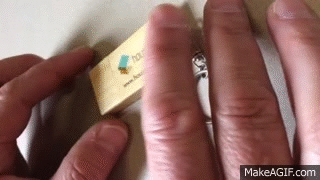Previously I have written about what I termed an “accidental collection” that occurred with collections of print ads cut from magazines, whereby frequently interesting and equally historical ads appear on the back side of the ad that was intentionally collected. Accidental collections remain hidden unless there is some way to document their presence. Unfortunately, there are not many mechanisms in current archival description “best practices” to document them.
Recently I’ve encountered another and quite different kind of accidental collection. I’m currently working with the Cause Marketing Forum’s Halo Awards collection recently acquired by the Hartman Center. This award is given to projects that utilize marketing and media to promote social causes via partnerships between businesses and nonprofit organizations such as Susan G. Komen Breast Cancer Foundation, Ronald McDonald House, Boys and Girls Clubs of America and the USO among many others. While “cause marketing” as a term may not be a familiar one, the campaigns form a significant part of businesses’ and nonprofits’ marketing efforts and many are probably well known to you: Race for the Cure; VH1 Save the Music; Cartoon Network’s Rescue Recess; Lee National Denim Day; and at holiday time your favorite department store has likely teamed up with the likes of Toys for Tots, the Salvation Army or a local food bank or rescue shelter. That’s cause marketing.
The Halo Awards collection contains over a decade’s worth of the award’s entry forms and accompanying documentation, the latter which arrives in a wide variety of formats. One really interesting format here is an amazing variety of promotional thumb drives. Many simply feature a corporate logo or slogan, perhaps a website URL, but others feature artwork or have designs that can range from the emblematic to the whimsical. Time Warner’s “Connect a Million Minds” drive forms a bracelet, while the National Association of Realtors’ Houselogic.com drive looks like a block of wood. A drive for New Balance imitates a running shoe where the heel pulls off to reveal the drive connection. EMTec’s drive resembles a cartoon character whose head comes off, and a drive for Chevron is a toy car where the connection slides out from the rear.
Together these promotional drives form a collection of their own, as artifacts and ephemera representing a form of media belonging to a very particular time (in this case, the past 6 or 7 years). One day the design and promotional nature of these drives may take on an historical importance of its own apart from the significance of the contents of the drives for the collection to which they originally belong. This kind of thing frequently poses a dilemma for archivists and conservators: the relative significance and archival value of the contents of a document or medium versus the form of the media itself. How does one evaluate and/or value the vessel? Is it possible to describe collections within collections, or do the conditions of possibility of one mode of description preclude others?
Post contributed by Rick Collier; photographs by Katrina Martin







